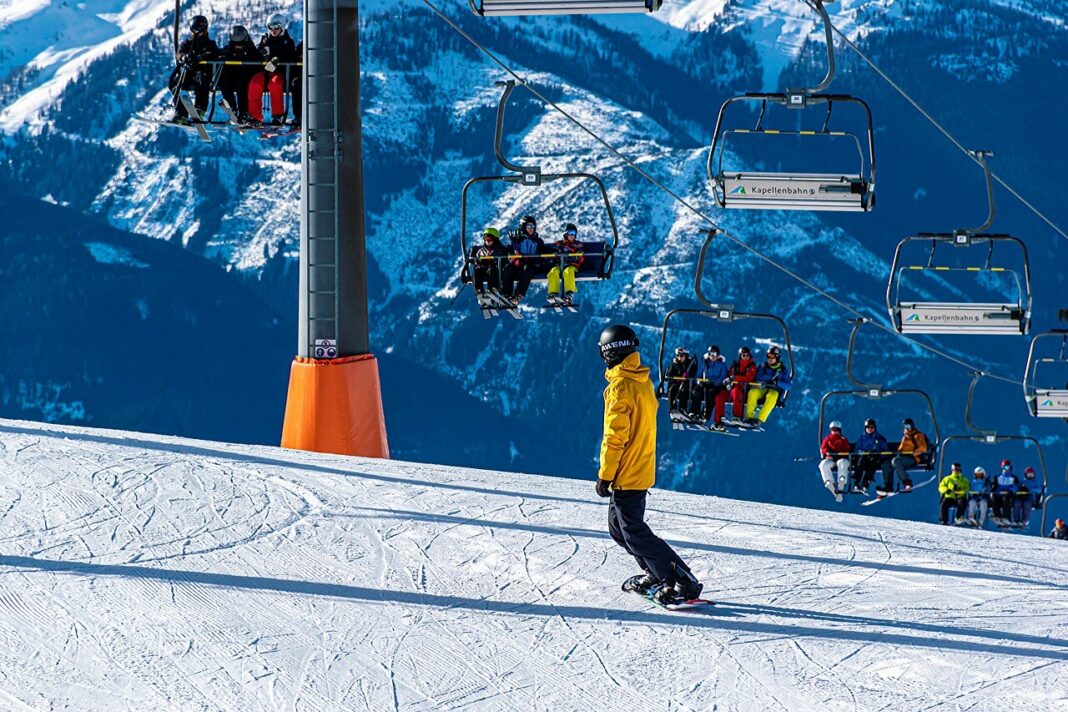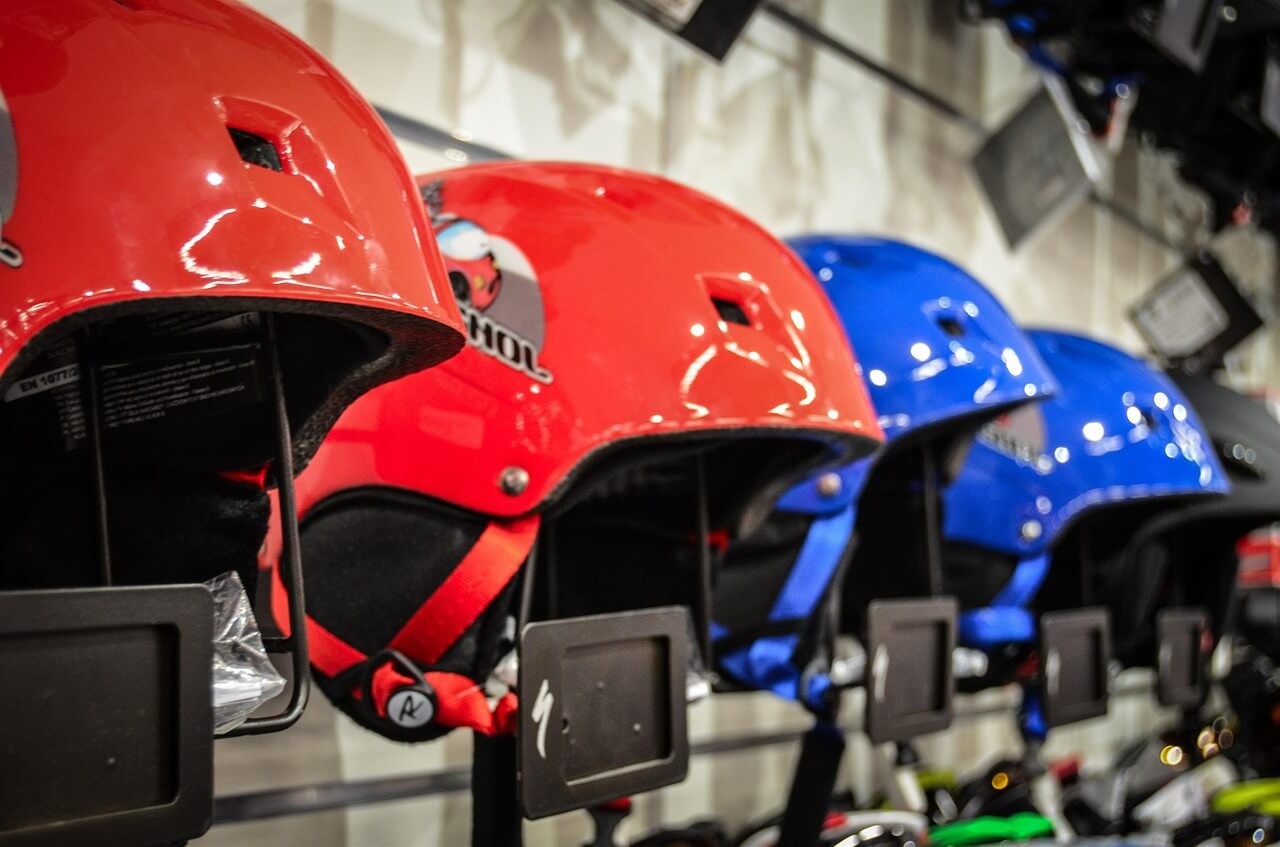When you’re skiing, there are a lot of things to worry about. Keeping your balance, avoiding obstacles, and making sure you have the right equipment. One thing you may not have considered is communication. How will you talk to your friends when you’re speeding down the mountain? With a ski helmet intercom, of course! In this blog post, we’ll discuss how ski helmets work and how to pick the best intercom for your needs.
Ski Helmets: How They Work and Keep You Safe
Ski helmets are typically made of a hard plastic shell with a foam lining. This combination helps protect your head from impact and absorbs the force of a fall, helping to prevent serious injuries. The hard plastic shell protects your head from impacts while the foam lining helps absorb the force of a fall, preventing serious injuries. Ski helmets are also designed to protect your ears from the cold and wind, and some have built-in headphones so you can listen to music or talk on the phone while you ski.
Ski helmets are an essential piece of safety gear for anyone hitting the slopes, click here, to find the perfect one for you. They protect your head from impact in the event of a fall and can help prevent serious injuries.
Ski helmets should fit snugly so they don’t fly off your head in the event of a fall. They should also be comfortable, with enough space to wear a hat or beanie underneath if necessary. Most ski helmets come in different sizes, so be sure to measure your head before you buy one.
To measure your head for a ski helmet, you will need to use a flexible tape measure. Begin by measuring your head circumference right above your brows. Write down this measurement and then compare it to the size chart for the ski helmet you are interested in purchasing. Make sure to try on the helmet before you buy it to ensure a good fit.
Ski helmets are designed with vents to allow air to circulate and keep your head cool while you ski. The number and size of the vents will vary depending on the style of helmet you choose. Some helmets have more than 20 vents, while others have only a few. Vents help reduce the amount of heat buildup inside the helmet and can also help keep your head cool in warm weather.
If you are skiing in cold weather, be sure to choose a ski helmet with plenty of insulation. Ski helmets with more insulation will keep your head warmer than those without. If you are skiing in warm weather, it is not as important to have a helmet with lots of insulation, but you should still choose one that has vents to help keep your head cool.
When choosing a ski helmet, it is important to consider the type of skiing you will be doing. If you are an aggressive skier who plans on doing a lot of moguls or skiing in the terrain park, you will want to choose a helmet that is designed for those activities. If you are just starting out or plan on skiing mainly on groomed slopes, any ski helmet will do.
How to Communicate With a Ski Helmet Intercom
Most ski helmets come with a built-in intercom system that allows you to communicate with other people who are wearing a ski helmet. This is a great feature for keeping track of your friends or family while you are skiing, and can also be helpful if you need help on the mountain.
The intercom system in most ski helmets works by transmitting sound through your bones, so it is important to speak up when you are using it. Make sure the people you are trying to communicate with are close enough to hear you and that they have their ski helmet intercom turned on.
The intercom system in most ski helmets can also be used to listen to music or answer phone calls. To do this, you will need to have a pair of headphones or earbuds connected to your ski helmet intercom. Be sure to adjust the volume on your ski helmet before you start skiing, so you can hear it over the noise of the wind and snow.
Ski helmet intercoms are a great way to stay safe and communicate with others while you are skiing. Be sure to choose one that is the right size for you and that has the features you need. Most importantly, make sure to practice using it before you hit the slopes!
Picking the best ski helmet intercom for your needs
There are a few different types of ski helmet intercoms on the market, so how do you know which one is right for you? Here are some things to think about when you make your choice:
-How many people do you need to be able to communicate with?
-Do you need other features like music playback or GPS?
-What is your budget?
Once you’ve decided on the features that are important to you, it’s time to start looking at specific models. All of these intercoms will allow you to talk to other skiers, but they all have different features and price points.
Some of the more basic models will allow you to talk to one other person, while more advanced models will allow you to connect with multiple people. If you’re planning on skiing with a group, it’s important to make sure everyone has compatible equipment.
Most ski helmet intercoms will also allow you to listen to music or listen to directions from a GPS. This can be a really helpful feature if you’re new to the area or if you want to make sure you’re taking the quickest route down the mountain.
Finally, consider your budget when selecting an intercom. Like with anything else, you get what you pay for and more expensive models will typically have more features than less expensive models.
Once you’ve considered all of these factors, you should have a good idea of which ski helmet intercom is right for you. With this information in mind, hit the slopes and enjoy your day!







